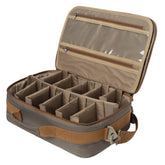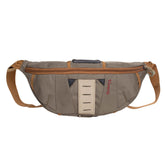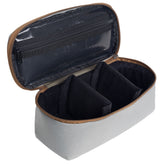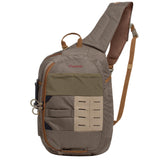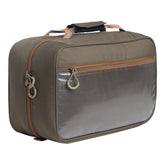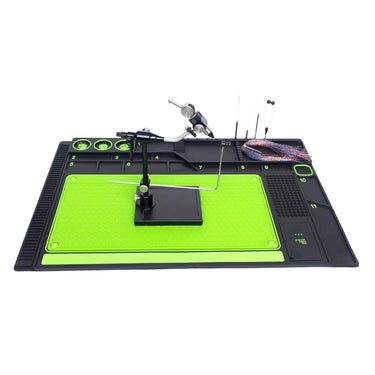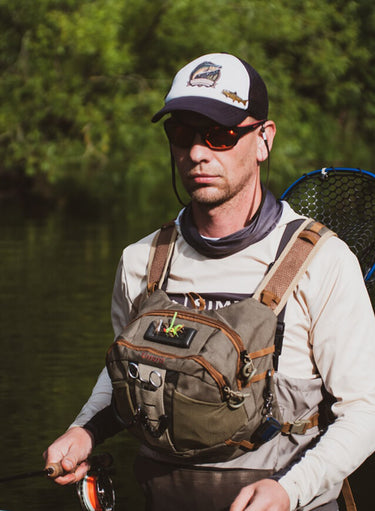Flies: Essential Handmade Kits for Beginner Fly Fishing, Dry and Nymph Options
As a fly fishing enthusiast, I find the right tools can make all the difference in my experience on the water. Having a quality handmade flies kit and a beginner fly fishing kit is essential for any aspiring angler looking to enhance their skills and catch more fish. Understanding the various types of flies, such as dry flies and nymph flies, provides a solid foundation for my fishing strategy.

A handmade flies kit not only offers unique patterns but also allows me to support local artisans who pour their passion into each creation. The beginner fly fishing kit equips me with everything I need, from rods and reels to essential fly selections. With the right nymph flies kit in hand, I can adapt to different fishing conditions and increase my chances of a successful outing.
Learning about the various fly types, such as dry flies that float on the surface and nymphs that swim below, enriches my understanding of the sport. With the right resources, I’m ready to elevate my fly fishing game and enjoy every moment spent by the water.
Understanding Fly Fishing Kits

Fly fishing kits are essential for both beginners and seasoned anglers. These kits typically include various components that enhance the fishing experience, making it easier to target specific species in different streams.
Components of Handmade Flies Kits
A handmade flies kit usually features a selection of meticulously crafted flies designed for specific fishing conditions. For example, I often find dry flies, nymphs, and wet flies included in these kits.
Common Components:
- Dry Flies: These float on the water's surface, mimicking insects that have emerged.
- Nymphs: Represent the underwater life stage of insects, perfect for deeper streams.
- Emergers: These imitate insects that are transitioning from nymphs to adults.
- Feathers and Hooks: Essential for crafting and repairing flies.
Having a variety of these components allows me to adapt to changing water conditions and fish behavior effectively.
Selecting a Beginner Fly Fishing Kit
When choosing a beginner fly fishing kit, I focus on simplicity and versatility. A well-rounded kit should include a selection of flies suitable for various environments.
Key Features to Consider:
- Fly Selection: Ensure the kit includes both dry flies and nymphs for different fishing scenarios.
- Rod and Reel: A beginner rod should be lightweight and easy to handle, often included in the kit.
- Accessories: Look for tools such as tippet material, floatant, and a fly box for organization.
Each component should facilitate an enjoyable experience while learning the basics of fly fishing in freshwater streams.
Types of Flies

Understanding the different types of flies is crucial for effective fly fishing. Each type serves a unique purpose in attracting fish, and selecting the right flies can make a significant difference in success on the water.
Dry Flies Kit Essentials
Dry flies are designed to float on the surface of the water, imitating insects that fish feed on from above. When selecting a dry flies kit, I focus on a range of sizes and patterns to match various hatches.
Key essentials include:
- Adams: A versatile pattern that works well in diverse conditions.
- Humpy: With its buoyant body, this fly excels in fast water.
- Caddis Fly: Mimics caddisflies and is effective during their emergence.
I also ensure to include a few foam-bodied flies for added buoyancy. Proper presentation is critical, so I practice techniques to enhance the fly’s visibility to the fish.
Nymph Flies Kit Selection
Nymphs represent the underwater stage of insects and are essential for targeting fish while they feed below the surface. In my nymph flies kit, I incorporate flies that imitate local nymphs for the best results.
Important selections include:
- Parachute Adams Nymph: Effective in imitating various nymphs.
- Tungsten Bead Nymphs: These have a heavier weight, allowing them to sink quickly and reach the fish faster.
- Brass Bead Nymphs: Not as heavy as tungsten, but effective in slower currents.
In addition, I pay attention to color and size variations to match the local stream conditions. Nymphing techniques often prove beneficial, especially in challenging conditions where dry flies may fail.
Practical Fishing Kit Tips
When assembling a fly fishing kit, I focus on specific strategies to enhance my success on the water. This includes selecting the right flies tailored to the species I'm targeting and ensuring my equipment is well-organized and protected.
Choosing Flies for Trout and Bass
Selecting the proper flies is essential for successful fishing. For trout, I often choose dry flies like the Adams or Elk Hair Caddis, which mimic insects on the surface. In contrast, for bass, I prefer streamers such as Clouser Minnows or poppers that mimic larger prey.
I assess the water conditions and insect activity before deciding. Factors like the time of year, water temperature, and even the specific lake or river can dictate my choice of flies. Having a variety ensures flexibility in changing conditions.
Importance of a Waterproof Fly Box
Keeping flies organized and protected is crucial. I utilize a waterproof fly box to safeguard my flies from moisture. This prevents damage and keeps the materials intact, ensuring they perform optimally.
When selecting a fly box, I look for features like adjustable compartments to accommodate various sizes. A good waterproof seal significantly extends the lifespan of my flies, allowing me to focus more on fishing rather than worrying about my gear.
Finding Quality Kits on Aliexpress
Aliexpress can be a valuable resource for sourcing fly fishing kits. I often search for beginner kits that include a range of flies, a reel, and necessary accessories. Reviews and ratings help me identify quality products.
When shopping, I focus on seller reputation and product descriptions to ensure I'm getting what I need. Kits can be affordable, but I often prioritize quality over price to ensure durability and effectiveness in my fishing endeavors.



